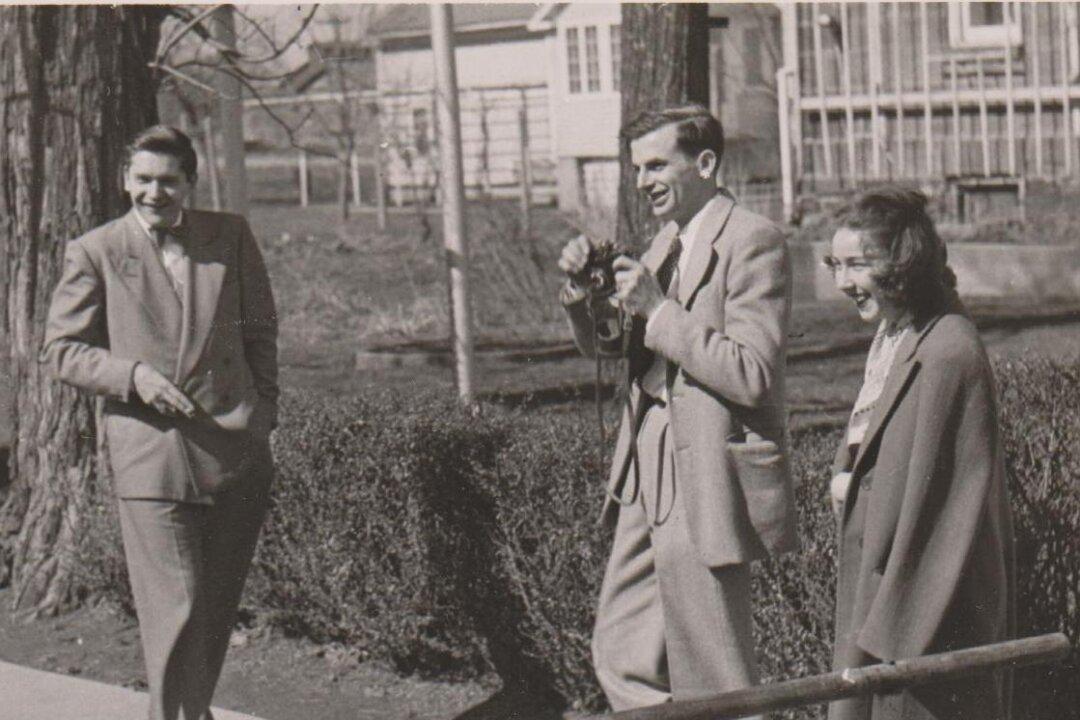A young woman straps herself into a launching rocket, set to take off far into space. Another astronaut waits in the wings, begging her not to leave. “You won’t be able to return,” he screams as the rocket prepares to take flight. It is dramatically rendered and quickly subdued as a small earthquake pauses the film and the audience realizes they are merely watching a film within a film.
This sequence is both the beginning—and finale—of Satoshi Kon’s 2001 animated masterpiece “Millennium Actress,” a film that charts the career and life of the fictional retired Japanese actress Chiyoko and seamlessly blends reality with fiction while providing an inspiring narrative on the power of redemption and the pursuit of passion.




